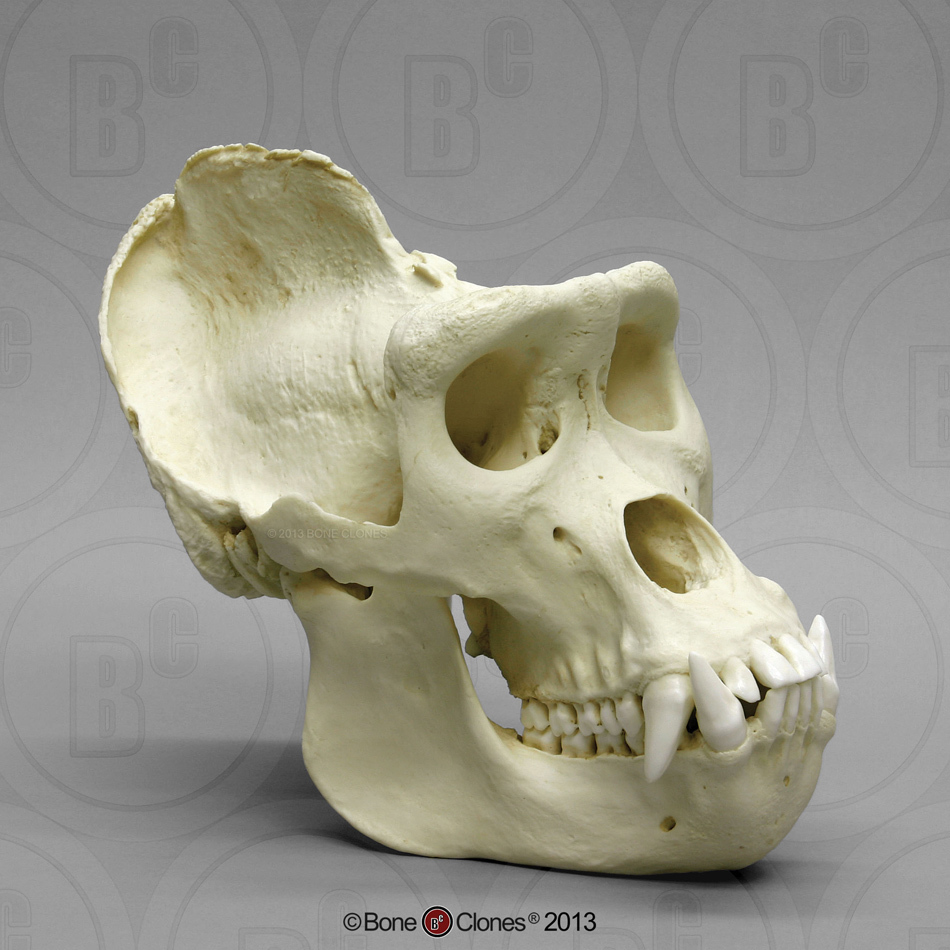


“She was the first to habituate them and get them accustomed to a human presence, and to individually identify them,” says Tara Stoinski, president and CEO, and chief scientific officer of The Dian Fossey Gorilla Fund International. Like her peer Jane Goodall, who lived and worked with chimpanzees in the jungles of Tanzania, Fossey had become a world-renowned authority for her intimate observations of gorilla behavior. The skulls are now on view in the new exhibition, “Objects of Wonder,” that examines the role that museum collections play in the scientific quest for knowledge.įossey also gave the gorillas their names, a habit she developed while living in the wild in close quarters with the animals.

Fossey shipped both to the Smithsonian Institution in 1979, for further research. One skull belonged to Limbo, a male mountain gorilla, and the other came from Green Lady, a female from the same species. And they speak to the remarkable scientific achievements she helped bring about-including helping create a skeletal repository of a key Great Ape species-the mountain gorilla ( Gorilla beringei beringei)-and putting the brakes on the potential extinction of that critically endangered species. But these skeletal remains are intertwined with the fascinating personal story of one of the nation’s pioneering female anthropologists, Dian Fossey. At first glance, the two gorilla skulls on display in a new exhibition at the Smithsonian’s National Museum of Natural History are unremarkable, except for maybe their size.


 0 kommentar(er)
0 kommentar(er)
